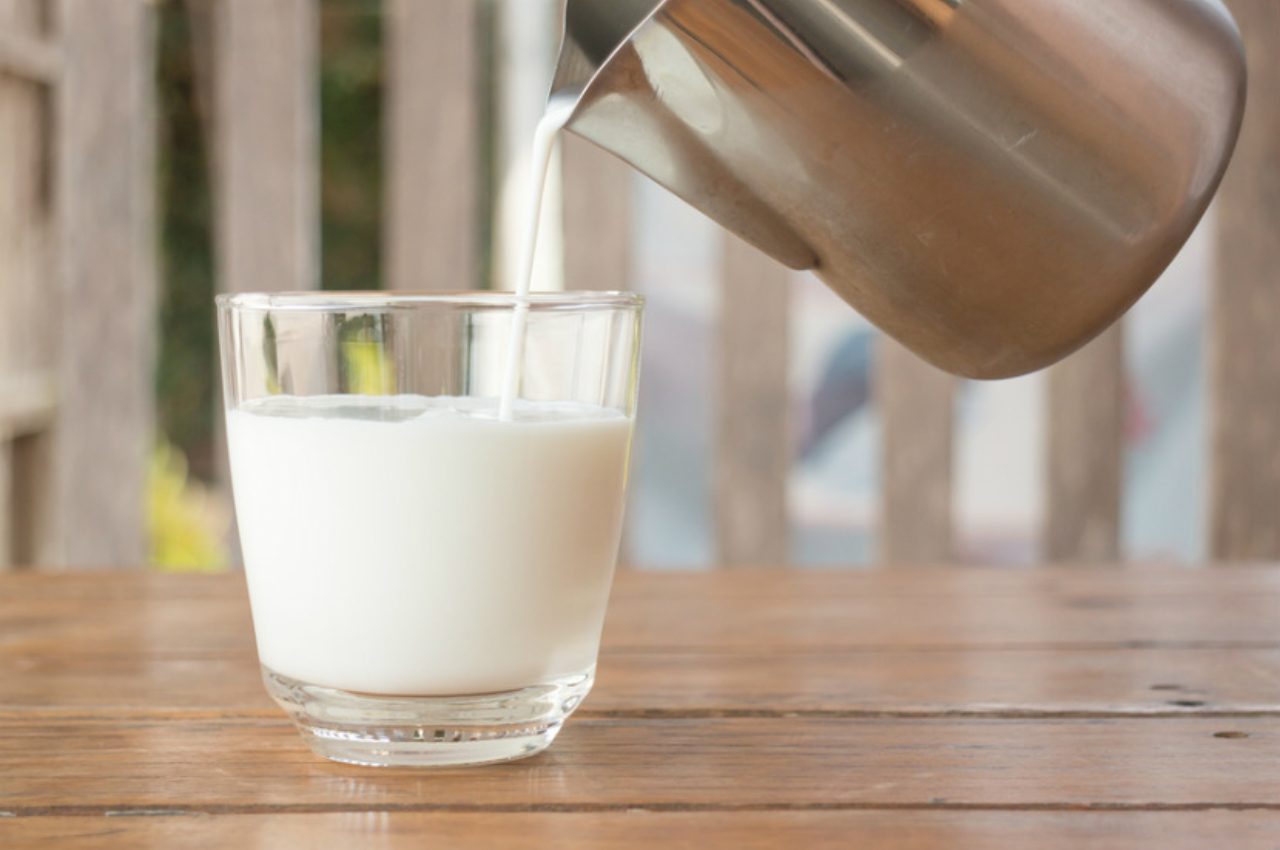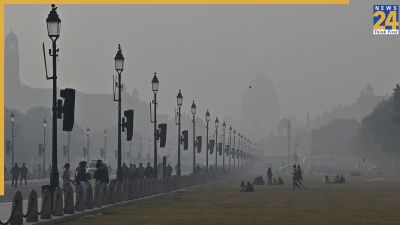New Delhi: According to a report, rising milk prices have caused one in three Indian households to either downgrade brand or reduce consumption.
A study was performed by LocalCircles, a local social media network, in response to complaints about increased milk prices to learn how households are adjusting.
Over 21,000 people responded to the study, which included 311 districts nationwide, and 69% of them were men. One-tier districts accounted for 41% of respondents, two-tier districts for 34%, and three-tier, four-tier, and rural districts for 25%.
Milk and milk products, such as curd, butter, ghee, and buttermilk, are among the most popular foods in the majority of Indian households. According to the “Dairy and Products Annual – 2021” report from the United States Department of Agriculture (USDA), India is not only the world’s largest producer of milk but also the greatest consumer of milk and milk products.
The majority of milk cooperatives have increased milk prices by Rs 2 per litre as of August 17, which is bad news for Indian consumers who are already struggling in a situation of high food inflation that, based on the most recent government data, appeared to be improving. More so considering that popular milk and milk product brands like Amul upped their pricing by Rs 2 per litre earlier in March.
When asked how they would deal with the price increase, 68% of the consumers said they would “pay more for the same quantity and brand,” while 6% of the 10,685 said they would switch to a less expensive brand or a local supplier. Another 4% of consumers have shifted to a less expensive version of the same brand they were previously purchasing. Despite the fact that no respondents acknowledged stopping their milk purchases, 20% of respondents acknowledged “cutting the quantity.”
LocalCircles also made an effort to comprehend the purchasing process for milk. What type of milk do you buy for the majority of your household’s consumption? revealed that out of 10,522 respondents, 72% bought milk packaged in plastic pouches of 500 ml or 1 litre, 12% bought milk in bottles from nearby farms or bottling facilities, and 14% bought unpackaged milk from local vendors. Only 2% of consumers purchased milk in tetra packs, despite the fact that they have a longer shelf life, presumably because they are more expensive than milk in pouches.













